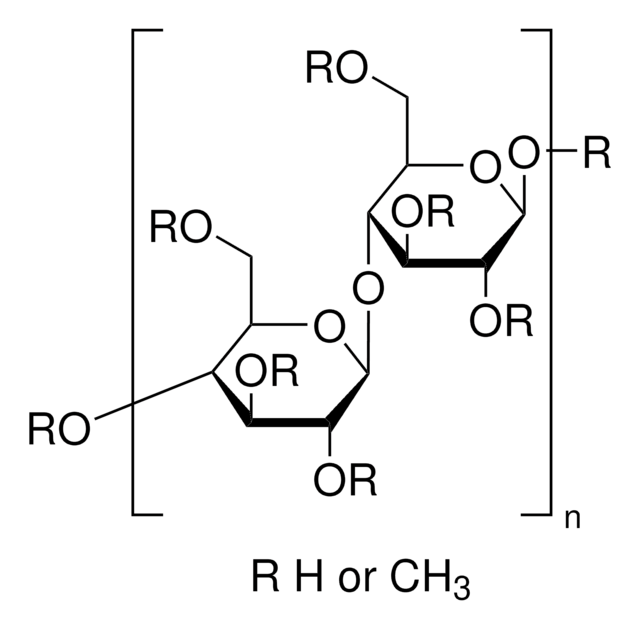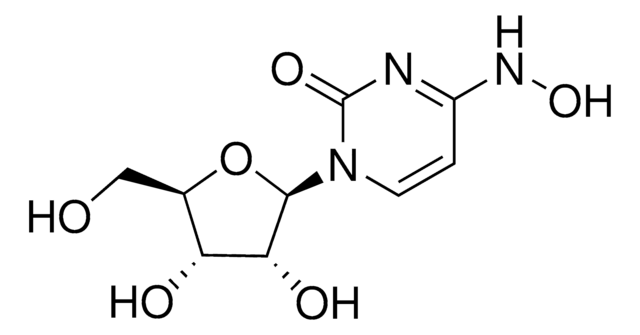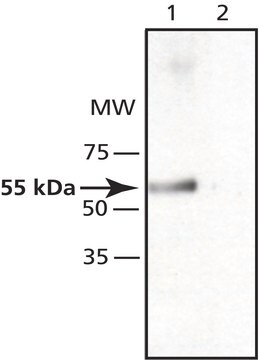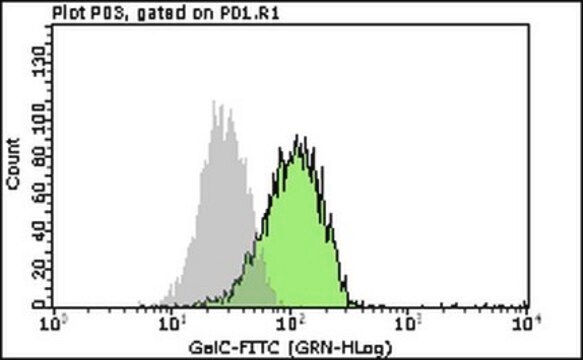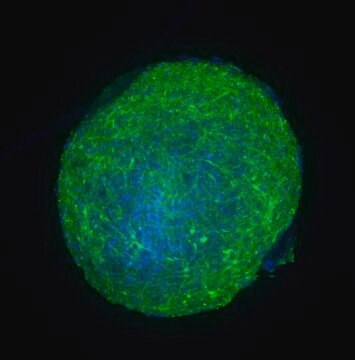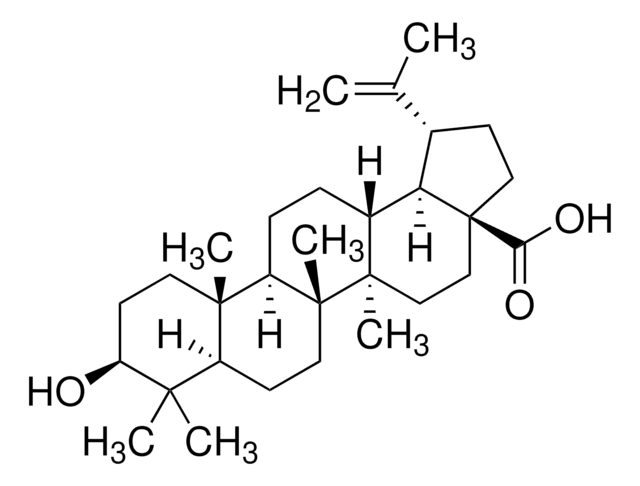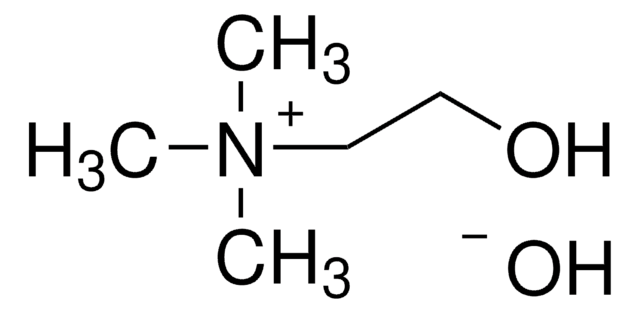Key Documents
M4949
2′-C-Methylcytidine
≥95% (HPLC), powder
Synonim(y):
2′-C-Methyl Cytidine, NM107
About This Item
Polecane produkty
Próba
≥95% (HPLC)
Postać
powder
warunki przechowywania
desiccated
kolor
white to off-white
rozpuszczalność
H2O: >20 mg/mL
temp. przechowywania
−20°C
ciąg SMILES
C[C@@]1(O)[C@H](O)[C@@H](CO)O[C@H]1N2C=CC(N)=NC2=O
InChI
1S/C10H15N3O5/c1-10(17)7(15)5(4-14)18-8(10)13-3-2-6(11)12-9(13)16/h2-3,5,7-8,14-15,17H,4H2,1H3,(H2,11,12,16)/t5-,7-,8-,10-/m1/s1
Klucz InChI
PPUDLEUZKVJXSZ-VPCXQMTMSA-N
Działania biochem./fizjol.
Hasło ostrzegawcze
Warning
Zwroty wskazujące rodzaj zagrożenia
Zwroty wskazujące środki ostrożności
Klasyfikacja zagrożeń
Eye Irrit. 2 - Skin Irrit. 2 - STOT SE 3
Organy docelowe
Respiratory system
Kod klasy składowania
11 - Combustible Solids
Klasa zagrożenia wodnego (WGK)
WGK 3
Temperatura zapłonu (°F)
Not applicable
Temperatura zapłonu (°C)
Not applicable
Certyfikaty analizy (CoA)
Poszukaj Certyfikaty analizy (CoA), wpisując numer partii/serii produktów. Numery serii i partii można znaleźć na etykiecie produktu po słowach „seria” lub „partia”.
Masz już ten produkt?
Dokumenty związane z niedawno zakupionymi produktami zostały zamieszczone w Bibliotece dokumentów.
Klienci oglądali również te produkty
Nasz zespół naukowców ma doświadczenie we wszystkich obszarach badań, w tym w naukach przyrodniczych, materiałoznawstwie, syntezie chemicznej, chromatografii, analityce i wielu innych dziedzinach.
Skontaktuj się z zespołem ds. pomocy technicznej